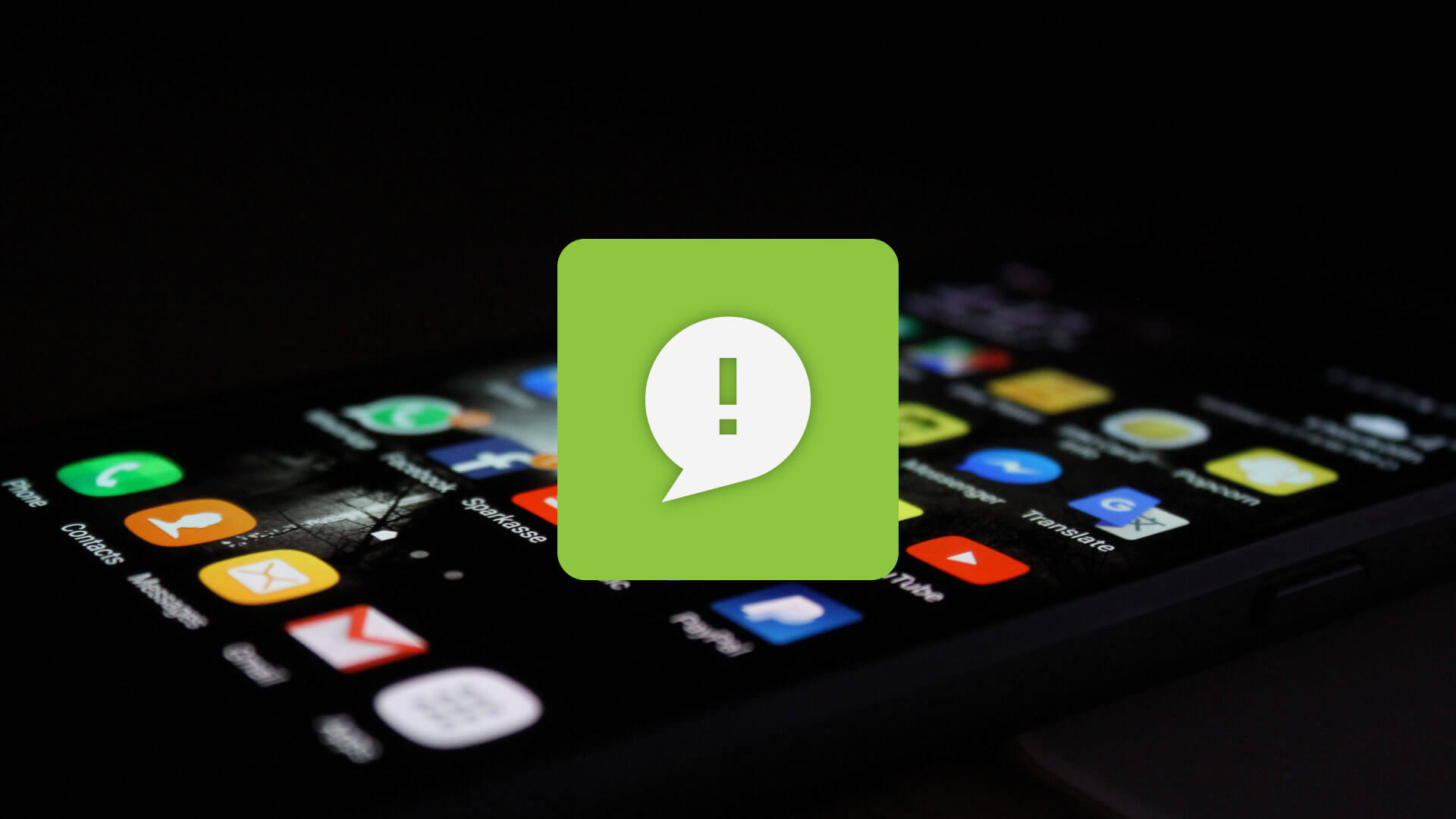When you hear things like “mobile usage has overtaken desktop computer usage,” and “people spend more time in mobile apps than they do watching TV,” it’s understandable why you might believe that apps sound like the ideal channel to market your restaurant. But, in reality, the story goes a little deeper than that.
Defining the Next Big Thing
Nobody can deny the fact that apps are one of the hottest restaurant technology trends right now. And for some restaurants, they are paying off. In fact, the Starbucks mobile app accounted for nearly 21 percent of transactions in Starbucks locations in the first quarter of 2016. The app’s most popular feature, Mobile Order & Pay, allowing customers to order remotely and bypass the line when they get to the store, represents 10 percent of total transactions at high-volume Starbucks stores, directly contributing to increased sales. But in the history of mobile applications, specifically in the restaurant and retail industries, Starbucks is the exception – not the rule.
But in the history of mobile applications, specifically in the restaurant and retail industries, Starbucks is the exception – not the rule.
Apps work well for establishments like Starbucks because they are already high frequency. This means their customers are often coming in every day, if not twice a day, and ordering much of the same thing (tall-soy-double-mocha-no-whip-half-fat-spiced latte or something along those lines). However, for those restaurants that are less high frequency, and only see regulars a few times a week (or month, or year), a mobile app may not be the answer to your problems.
If You Build It, They Still Might Not Come
In the app world, many restaurants feel that “if we build it, they will come”. However, in reality, almost half of smartphone users download zero apps per month. Even more, if your app manages to find its way onto the phone of one of your customers, one in four consumers abandon apps after only using them one time. A common scenario for app launches is that loyal customers will download your app immediately, while new or infrequent customers don’t see the value and won’t make the effort. And while it’s nice to reward your regulars, you will most likely not be increasing the frequency of less loyal customers.
So, why are apps so infrequently downloaded? It could be because the app creator sends push notifications too early and too frequently, and ends up annoying the user, causing them to opt-out of push notifications all together. Or, it could be that apps tend to lack personalization. Everyone who downloads the app receives the same offers, which are often not engaging, not relevant, or not near the level of personalization that consumers are beginning to expect.
If you’re currently trying to create more adoption and usage of your app, the best approach is a multi-channel effort. This means promoting the app through your social media, emails, and other digital platforms as well as more traditional options like in-store point of purchase (POP) materials or paid media. We’ve found that when businesses use SMS to market the adoption of their app, their customers tend to be incredibly responsive. The key is to make sure your customers know where to find you, and know exactly what’s in it for them. App success is largely in the hands of your customer’s adoption choices – but you have all the power to educate and market in the ways that make the most sense for your business.

